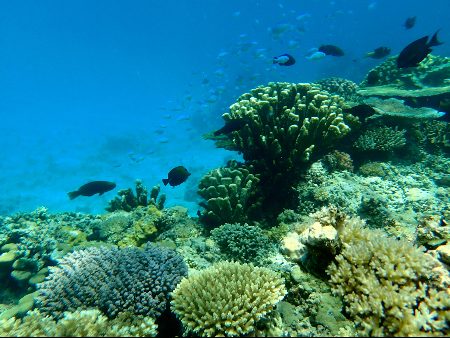Environment: High Seas Treaty to Become International Law
The High Seas Treaty, a global agreement designed to protect the world’s oceans and reverse damage to marine life, is set to become international law in January 2026, after Morocco became the 60th country to ratify the treaty in September.
Published 2 months ago
The High Seas Treaty
The ratification by more than 60 states, the minimum required to turn the Agreement on Biodiversity Beyond National Jurisdiction – otherwise known as the High Seas Treaty – into law, means it will enter into force on 17 January 2026.
The High Seas Treaty sits under the United Nations Convention on the Law of the Sea, which established the international legal framework governing the marine environment within each country’s jurisdiction, including the territorial sea, exclusive economic zone (EEZ) and continental shelf.
The treaty covers nearly two-thirds of the ocean – an area of sea and seabed outside the national jurisdiction of any country, which has come under growing pressure from mining, fishing and geoengineering interests, with climate change a compounding factor.
Two Decades in the Making
Esme Stallard, the BBC’s Climate Correspondent, reports that this important climate treaty has been two decades in the making and will pave the way for international waters to be placed into marine protected areas.
Environmentalists heralded the milestone as a “monumental achievement” and evidence that countries can work together for environmental protection.
Three years ago, countries agreed that 30% of the world’s national and international waters – the high seas – must be protected by 2030 to help depleted marine life recover. But protecting the high seas is challenging because no single country controls these waters and all nations have a right to ship and fish there.
Currently just 1% of the high seas are protected, leaving marine life at risk of over-exploitation.
So, in 2023, a number of countries signed the High Seas Treaty, pledging to put 30% of these waters into Marine Protected Areas. But it was only able to enter force if more than 60 nations ratified it – meaning they agreed to be legally bound by it.


Kirsten Schuijt, director-general of the World Wide Fund for Nature, hailed “a monumental achievement for ocean conservation” after the treaty threshold was reached.
She added: “The High Seas Treaty will be a positive catalyst for collaboration across international waters and agreements and is a turning point for two-thirds of the world’s ocean that lie beyond national jurisdiction.”
To read the full BBC story:
Noonsite thanks the Ocean Cruising Club for bringing this to our attention.
…………………………………
Related News:
- Landmark Treaty Could Protect the High Seas – and Spark New Conflicts (Eco-Business)
- Historic High Seas Treaty is a Turning Point for Humanity (Oceanographic Magazine)
- 74 Countries Have Now Ratified a Landmark Treaty to Protect the High Seas – Why Hasn’t New Zealand? (Radio New Zealand)
…………………………………
Related Links
…………………………………
If you have found this information useful, become a paid member to enjoy unlimited use of Noonsite plus many other perks. Your membership fees really help our small, dedicated team keep country information up-to-date in support of cruisers worldwide. Find out more about Noonsite Membership levels and benefits.
Subscribe to our FREE monthly newsletter.
Related to the following Cruising Resources: Environment, General


